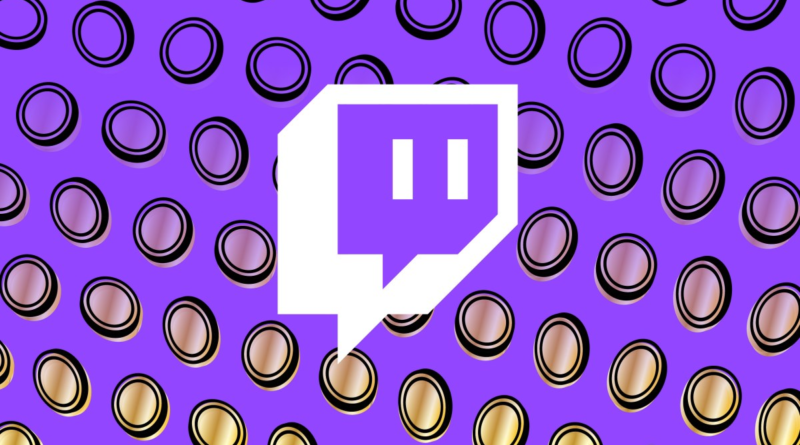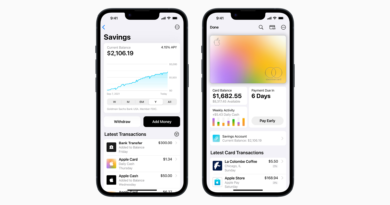Twitch announces 60/40 revenue split in expanded Plus Program
Twitch is introducing a new tier to its premium revenue share program — currently known as the “Partner Plus Program” — that would grant a 60/40 revenue split and has lower qualification requirements than the existing tier, expanding access to smaller creators.
The program, launching in May, will be open to both Affiliates and Partners and is rebranding as the “Plus Program.”
The Amazon-owned company also announced that effective Wednesday, it will lift the $100,000 annual cap on 70/30 splits for qualifying partners. Under the existing program, Partner Plus streamers receive 70% of the first $100,000 of net subscription revenue, and then 50% of any revenue after that. In a blog post, Twitch acknowledged that the cap “limited the earnings and growth opportunities” for streamers and “served as a disincentive.”
“We know that streamers have been quite clear, it’s a priority for them to have access to higher revenue shares, so we launched the Partner Plus program in its initial form,” Mike Minton, Twitch’s chief monetization officer, told TechCrunch ahead of the announcement. “There was some feedback to say, ‘Hey, I gotta be a really large streamer [to qualify],’ but this update changes that in a big way.”
The update not only lowers the qualification criteria for the 70/30 split, but also establishes an intermediate tier so that streamers “have a clear path forward.”
To qualify for the new 60/40 revenue split, streamers must maintain 100 Plus Points for three consecutive months. The update also lowers the requirement to qualify for the 70/30 split from 350 Plus Points to 300 Plus Points. Each paid monthly subscription counts toward the point total, but some subscriptions are assigned higher point values than others.
“These are not permanent numbers and we will continue to work to serve the needs of the community by changing them in the future,” he continued.
The announcement also comes with disappointing news for some streamers. Effective June 3, Prime Gaming subscriptions — which are included with an Amazon Prime membership — will be paid out as a fixed rate based on the country of the subscriber, rather than being paid out at the same revenue share as regular monthly subscriptions.
The streamers most likely to be affected by this change, Twitch CEO Dan Clancy said in the blog post, are those who qualify for the 70/30 split, and eliminating the annual cap will offset the impact on monthly income. The company plans to publish and update the rates each year.
Many streamers argued that the Partner Plus Program excluded the majority of creators because the qualification criteria was so high. The program launched after Twitch cut the 70/30 sweetheart deal that it had offered individual streamers in favor of prioritizing ad revenue.
When the program began rolling out, smaller streamers complained that the 350 monthly subscriber minimum was unattainable, especially because gifted and Prime subscriptions didn’t count toward the total. Twitch then introduced a point system to account for tiered subscriptions, so that high-tiered subscriptions — which cost more to purchase — are weighted. Tier 1 subscriptions ($4.99) are valued at 1 point, Tier 2 ($9.99) subscriptions are valued at 2 points and Tier 3 subscriptions ($24.99) are valued at 6 points.
Although the Plus Program will be open to Affiliates, qualifying for either tier doesn’t guarantee Partner status. Partners must pass Twitch’s “editorial judgement” in addition to meeting viewership requirements, which are based on consistency.
“We wanted objective, clear criteria for monetization,” Minton said. “So we removed the Partner requirements while maintaining the sub requirements to ensure more creators could have access to it. There are certain creators that don’t stream with that level of consistency but still have built large communities. It’s a good example of how they’re eligible for Plus. They may not be eligible for Partner, but we wanted to ensure that we are supporting all kinds of creators, whether they wanted to be Partners or not.”
Minton acknowledged that streamers have been vocal about their discontent with Twitch. Some have turned to other livestreaming platforms, such as YouTube and Kick, which offer higher revenue splits with lower qualification criteria. When evaluating the streaming community’s input on monetization opportunities, Minton and Clancy agreed that lifting the $100,000 cap on 70/30 revenue splits would incentivize staying on the platform.
“Streamers were, at least anecdotally, providing examples where they were shifting their priorities, where they were changing their behavior as a consequence,” Minton said. “It just became really clear to both of us that we really wanted to uncap that opportunity and ensure that streamers felt like our interests were aligned, they were motivated to continue using our revenue products, and didn’t change behavior.”
The updates, he clarified, are “not reactive changes,” but a deliberate part of establishing a more transparent framework for monetizing on the platform. “Competitive pressures,” such as streamers threatening to leave for other platforms, are “not a decision making criteria” for the company.
Twitch has made sweeping cuts in the last year, but still struggles to turn a profit. The company laid off 35% of its workforce, or roughly 500 employees, earlier this month. It was Twitch’s second mass layoff in less than a year. Last month it announced plans to shut down service in South Korea over “prohibitively expensive” network fees.
Minton denied any implication that Twitch’s recent efforts to cut costs were tied to expanding monetization options for streamers. One is informed by the other, he said, but changes to Prime subscription payouts and the Plus Program have been in the works for months. Increasing sponsorship opportunities, he added, also remains a priority.
“I’m not going to sit here and say that these things aren’t related, but they’re independent, right? How we manage the company, or as Dan often talks about making sure we’re here for the next 50 years and beyond, is an ongoing long-running thread, and of course revenue shares are a part of that,” Minton said. “It’s independent from our other, really important focus on increasing the size of the pie for streamers.”




